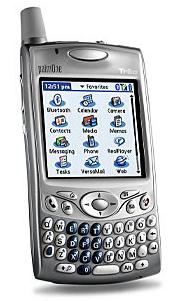Rich Internet Applications and mobile entertainment

Yesterday Peter Chernin of News Corp praised the economic and business virtues of growing the consumption of entertainment on mobile devices. We have known for quite some time that the "mobile world" was going to be hot. In Asia, it has been for a long time and people maintain a very personal attachment to their phones. However here in the United States, things haven't been as good for mobile content providers. Despite the overwhelming number of mobile devices out in the USA, only 4% of them watch mobile TV on their handsets. As the article linked above notes, a small increase in that number would mean a huge growth in revenue.
Part of the reason that the American consumer hasn't embraced mobile content is the experience. Viewing a web page on a phone has always been a nightmare, and until now, we haven't had the technology to bring video to the devices efficiently. However now we do, and people are slowly adapting to this new medium. The big money question for content providers all over the world is how to increase their share of the pie. This is where Rich Internet Applications will shine.

We can speed mobile adoption if we initially treat the phone as an extension of the personal computer.We can speed mobile adoption if we initially treat the phone as an extension of the personal computer. This may seem backwards, but by linking the two experiences, and making them as similar as possible, you can use all of those mobile devices as little Trojan Horses. People are very comfortable with their home computers - they use them for almost everything. If users are given the ability to interact with their phone via their computers, through Rich Internet Applications written specifically for that purpose, more people will be willing to take the jump into mobile content and that 4% number will increase dramatically.
This is why RIAs are so important in the mobile space. The leading technologies all provide a link to the desktop that is beneficial for both users and developers. Developers have a familiar environment to build these new types of applications in, and users are comfortable with the experience of the desktop. Bringing that kind of experience, enhanced for the mobile world, will be a great thing for the adoption of content. A lot of money is at stake, and a lot of rewards will be gained.